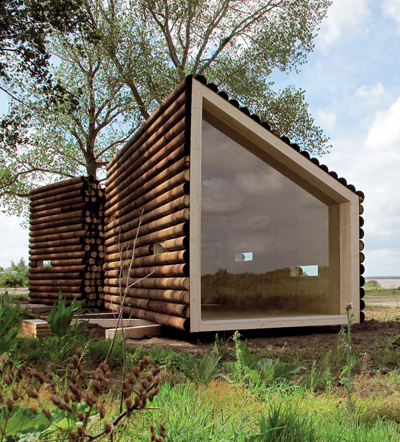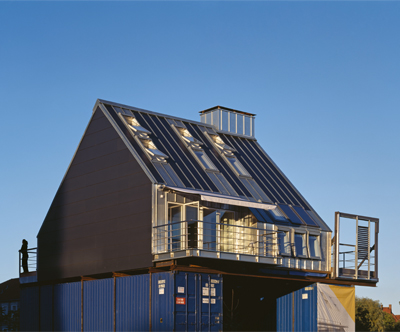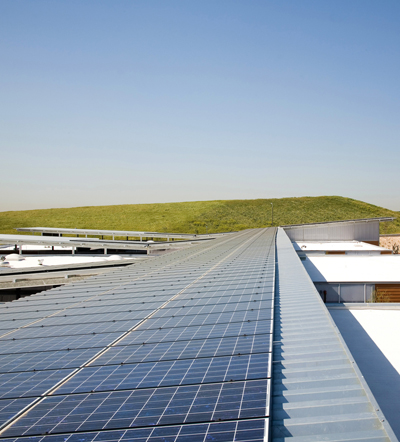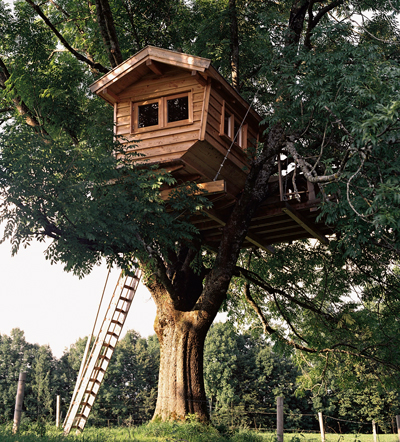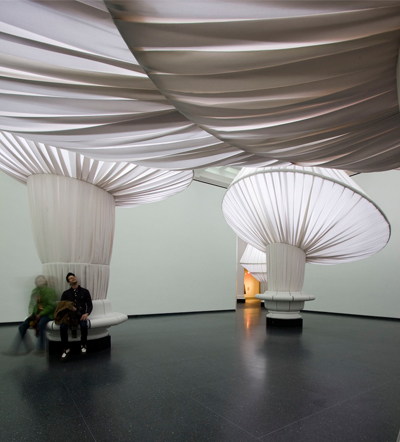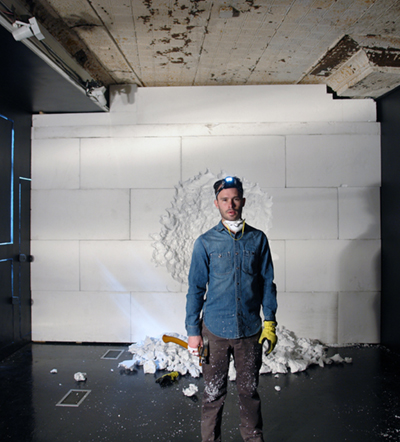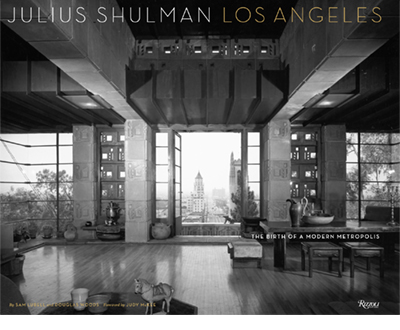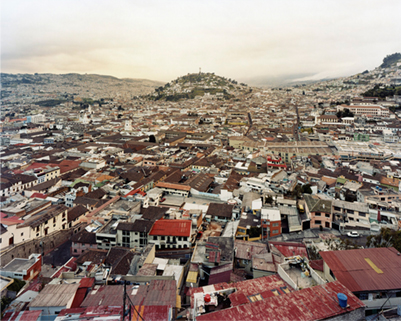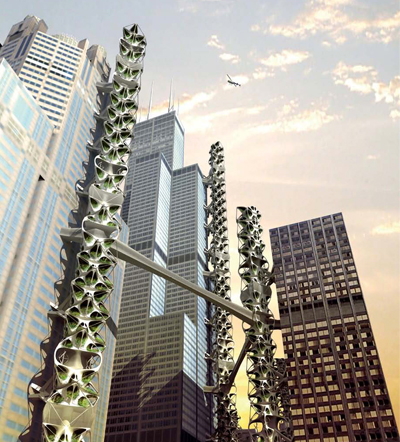
Symbiotic Interlock, Chicago. By Meta-Territory_Studio (Daekwon Park).
Earlier this summer, at a city council meeting in Cupertino, California, Steve Jobs unveiled a surprisingly static rendering for the new Apple corporate headquarters. It showed an big, glass donut-shaped building set down in a lush, edenic garden. (Perhaps some of the company’s gifted product designers can be brought on board to assist.) It was a textbook example of old-school utopian architecture, a gleaming, geometric structure sheltering a privileged, self-sustaining community. And it was strangely backward-looking, reminiscent of happy utopian visions from the 1960’s, like Buckminster Fuller’s domes, that expressed an unquestioning faith in the power of technology.
The new book “Utopia Forever,” which collects contemporary designs, both buildable and far-from-buildable, for future cities and landscapes, offers a far more ominous view. These are visions of a world where nature and technology are locked in continual battle, with nature more likely to come out on top. Now that we’re experiencing the first rattlings of global warming, troubled by extreme weather and dwindling natural resources, we’re more aware of the brute power embodied in earth, air and water. So the new utopias don’t offer blueprints for ideal communities so much as fundamental propositions for survival. Some are vessels floating above or sunk beneath rising oceans.




 Facebook
Facebook Permalink
Permalink Digg
Digg Reddit
Reddit LinkedIn
LinkedIn StumbleUpon
StumbleUpon Tumblr
Tumblr
